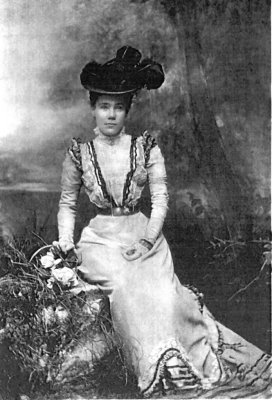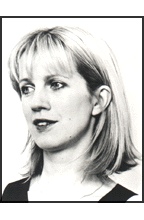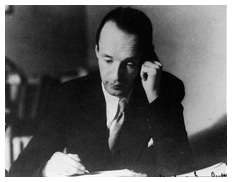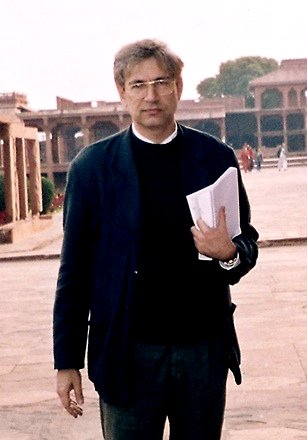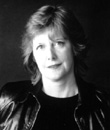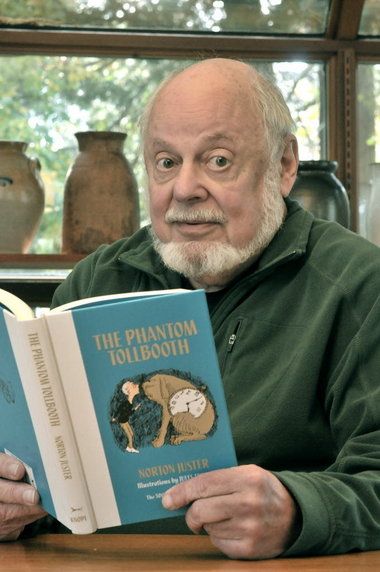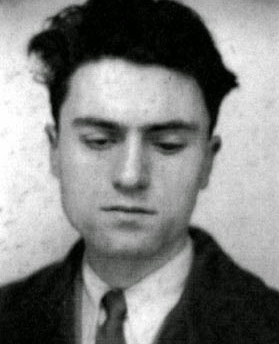Synesthesia
Synesthetes authors
Fowler, Ellen Thornetcroft (Mrs. A.L. Felkin)
(1860 – 1929)
According to Harris, Fowler was a multiple synesthete, having colored numbers and synesthetically associating colors with people. She also perceived colors for different vocal ranges; "a soprano voice is pale blue, green, yellow, or white; a contralto pink, red, or violet; a tenor different shades of brown; basses black, dark green or navy blue". In her novel In subjection (1906), Fowler created the character of Isabel Seaton, a synesthete with colored graphemes (in this case, letters, although not the complete alphabet) and colored days of the week; Isabel Steaton also perceives colors for singing voices similar to Fowler's own.
In his autobiography, Speak Memory (1966), the Russian writer Vladimir Nabokov tells us of his
"fine case of colored hearing. Perhaps 'hearing' is not quite accurate, since the color sensation seems to be produced by the very act of my orally forming a given letter while I imagine its outline. The long a of the English alphabet (and it is this alphabet I have in mind farther on unless otherwise stated) has for me the tint of weathered wood, but a French a evokes polished ebony. This black group also includes hard g (vulcanized rubber) and r (a sooty rag bag being ripped). Oatmeal n, noodle-limp l, and the ivory-backed hand mirror of o take care of the whites. I am puzzled by my French on which I see as the brimming tension-surface of alcohol in a small glass. Passing on to the blue group, there is steely x, thundercloud z, and huckleberry k. Since a subtle interaction exists between sound and shape, I see q as browner than k, while s is not the light blue of c, but a curious mixture of azure and mother-of-pearl. Adjacent tints do not merge, and diphthongs do not have special colors of their own, unless represented by a single character in some other language (thus the fluffy-gray, three-stemmed Russian letter that stands for sh [Ш], a letter as old as the rushes of the Nile, influences its English representation).
"... In the green group, there are alder-leaf f, the unripe apple of p, and pistachio t. Dull green, combined somehow with violet, is the best I can do for w. The yellows comprise various e's and i's, creamy d, bright-golden y, and u, whose alphabetical value I can express only by 'brassy with an olive sheen.' In the brown group, there are the rich rubbery tone of soft g, paler j, and the drab shoelace of h. Finally, among the reds, b has the tone called burnt sienna by painters, m is a fold of pink flannel, and today I have at last perfectly matched v with 'Rose Quartz' in Maerz and Paul's Dictionary of Color. The word for rainbow, a primary, but decidedly muddy, rainbow, is in my private language the hardly pronounceable: kzspygv" (Nabokov 1966: 34-35).
It should be mentioned that Nabokov's mother was a synesthete, as was also his wife, and his son Dmitri.
International Vladimir Nabokov Society
British author.
"Jane Yardley was brought up in an Essex village but went to university in London, where she has lived ever since. She has a Ph.D from Charing Cross Hospital Medical School and works on medical projects around the globe. Much of her life is therefore spent on aeroplanes and in hotel rooms, and this prompted her to get to work on her first novel. She has synaesthesia, a condition that mixes the senses - so that she has, for example, the gift of hearing music or seeing numbers in colour."
Last updtaed: 19.Jan.2025
